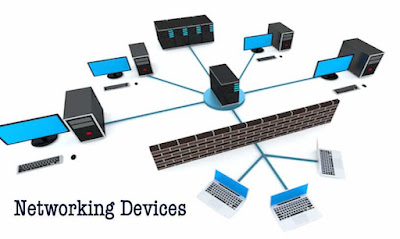WHAT IS A NETWORK OR IP ADDRESS?

Network Address - it is more commonly known as IP address. -it is the numeric address of a computer connected to the network. It can be compared to the physical address that we use for our homes which uniquely identifies it from the rest of the homes in our neighbourhood, town, city, province, country and the whole wide world. is a set of numbers, called as “octets” or “dotted decimal” notation , that identifies any network device. Example: 172.16.254.1 IP Versions 1. IPv4 – IP version 4: is the standard version 2. IPv6 – IP version 6: is the advanced version Binary Digits 128 64 32 16 8 4 2 1 Classes of IP Address Class A - 1 to 126 Class B - 128 to 191 Class C - 192 to 223 Class D - 224 to 239 Class E - 240 to 255 Note: 127 - Loop back function of a network. Class D - is for multicast. Class E - reserved for future or experimental purposes. Typical home networks use IP addresses that start with 192.168. IP address such a...



